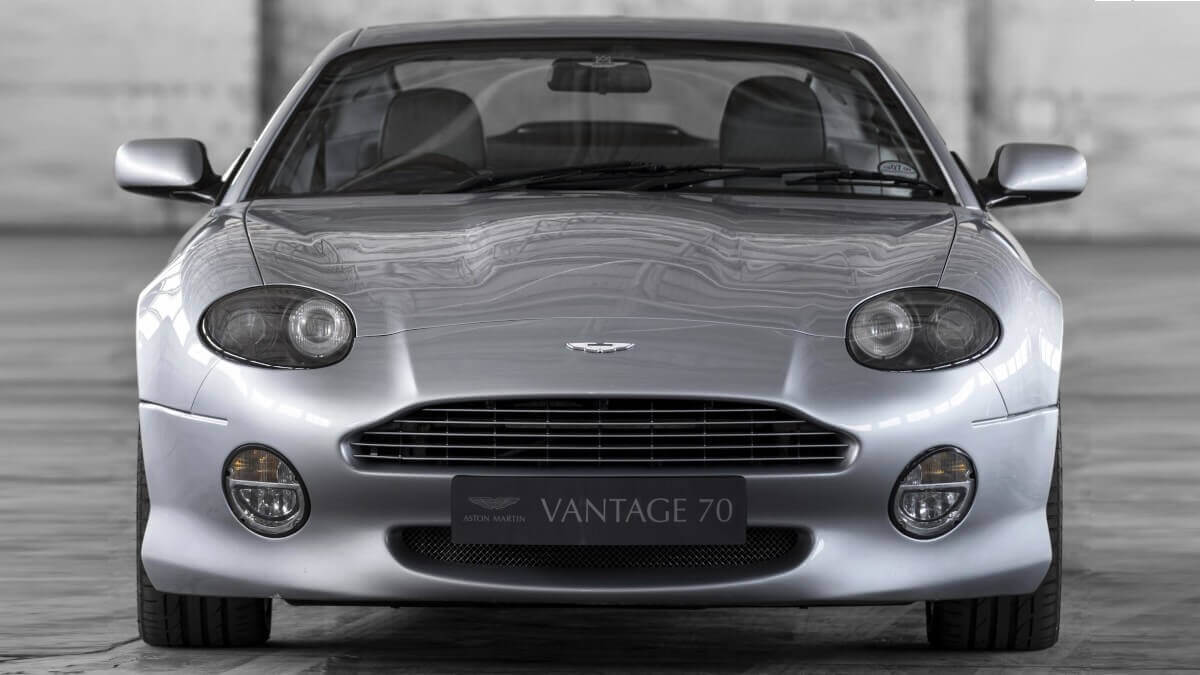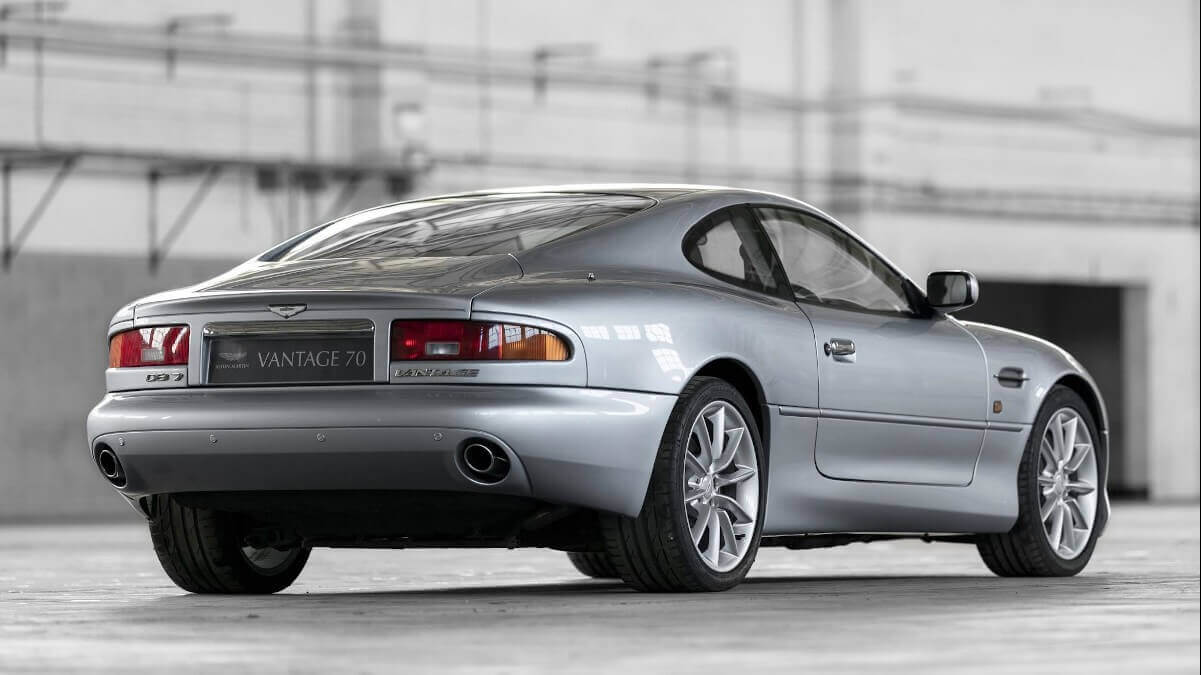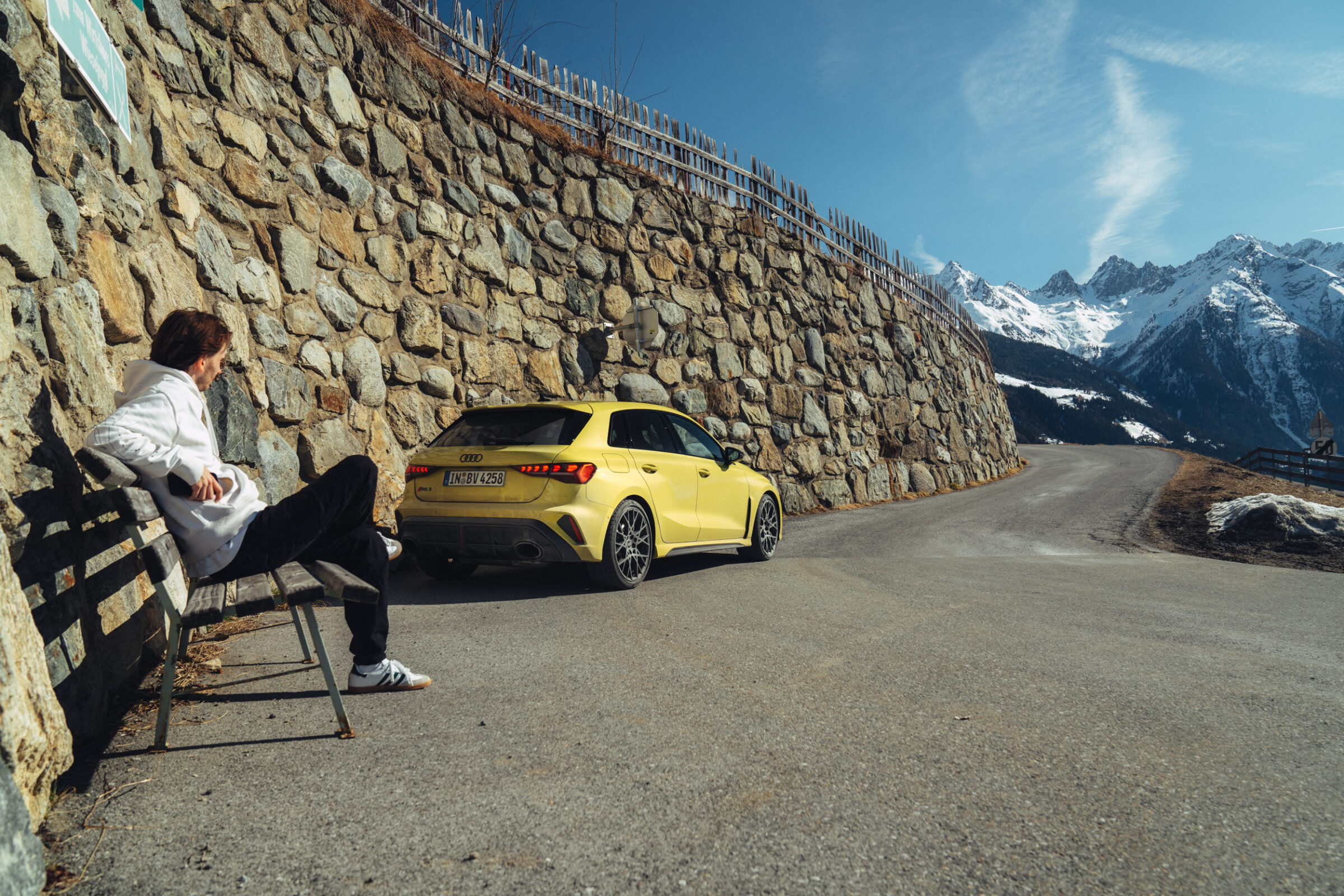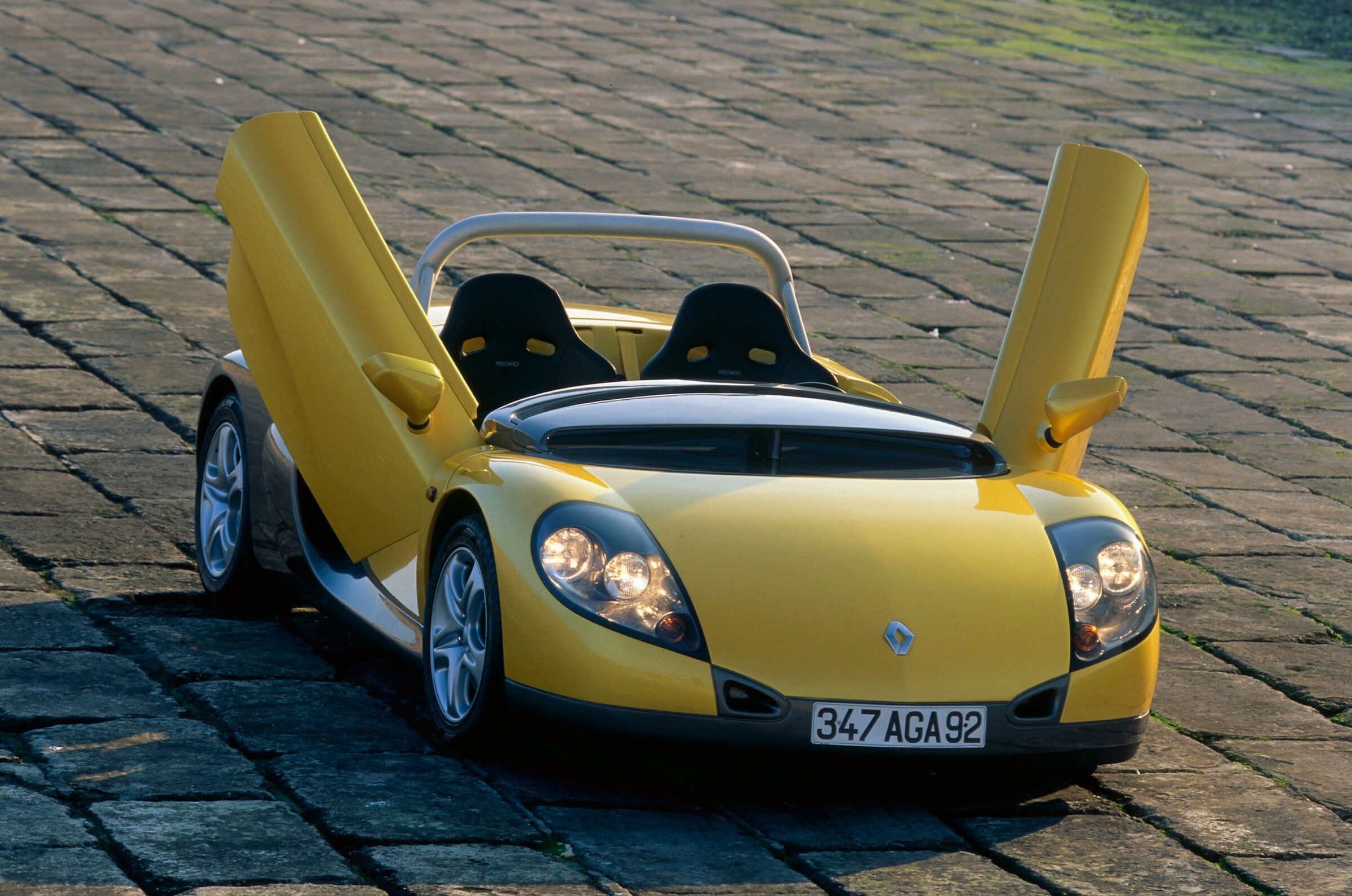Aston Martin DB7 Vantage
After turbulent years with changes of ownership and constant concern about the threat of insolvency, Aston Martin Lagonda Ltd. was only 75 percent taken over by the Ford Group in 1987 and then completely taken over in 1994. In this way, all financial problems were solved for the time being. When it came to new developments, it was possible to fall back on the large parts inventory of the various brands and thus save money. In addition, the second British subsidiary, Jaguar, had an unused sports car concept in stock that should have gone into series production as an ‘F-Type’ at the end of the 1980s. Instead, this project XJ41/XJ42 was moved to Aston Martin as Project XX (later NPX for Newport Pagnell eXperimental), where it became the DB7 with newly developed chassis and various modifications to the body by Ian Callum. However, the floor group could not hide its relationship to the Jaguar XJ-S. The DB7, which took up the initials of David Brown again, had its world premiere at the Geneva Motor Show in 1993 as a Coupé that wasn’t yet ready to drive.
At that time, the engine was still in the development phase. Ford had decided that the DB7 should be fitted with a supercharged inline six-cylinder engine based on Jaguar’s AJ6 engine. When it was launched on the market in 1994, this engine produced 250 kW/340 hp, which was transmitted to the rear axle either via a manual five-speed or an automated four-speed transmission. The Coupé version was joined by the open-top Volante from the end of 1995. Initially Aston Martin sent the bodyshells to Rolls-Royce in Crewe for painting. Due to its well-designed shape and the comparatively durable technology package the DB7 soon gained a good reputation and achieved excellent sales figures. Already in mid 1998 the 2,000th car rolled off the production line, easily beating the previous production record of the DB6 of about 1,850 units.


















At the 1999 Geneva Motor Show, Aston Martin presented an extensive facelift of the DB7, which, in addition to new bumpers, round fog lights and other light optical retouching, was upgraded both technically and chassis-wise. Under the long bonnet of the car christened DB7 Vantage was now a specially developed V12 engine with 5.9 liters capacity and 313 kW/426 hp. The power transmission was now provided by either a six-speed manual or a five-speed automatic. In the DB7 GT, which was offered as a special edition model in 2002, and the two-seater models DB7 Vantage Zagato and DB AR1, which were created by Andrea Zagato, the output even increased to 324 kW/441 hp. For one year the DB7 Vantage ran off the assembly line parallel to the normal DB7, then the six-cylinder engine was dropped from the range. Despite the higher price, the V12 also enjoyed great popularity. By 2003, 3,682 copies of the DB7 Vantage had been produced as Coupé and Volante. Added to this were 100 each of the DB7 Vantage Zagato and DB AR1 (including factory prototypes) as well as 302 units of the DB7 GT and DB7 GTA (the latter equipped with automatic transmission).
Images: Aston Martin




